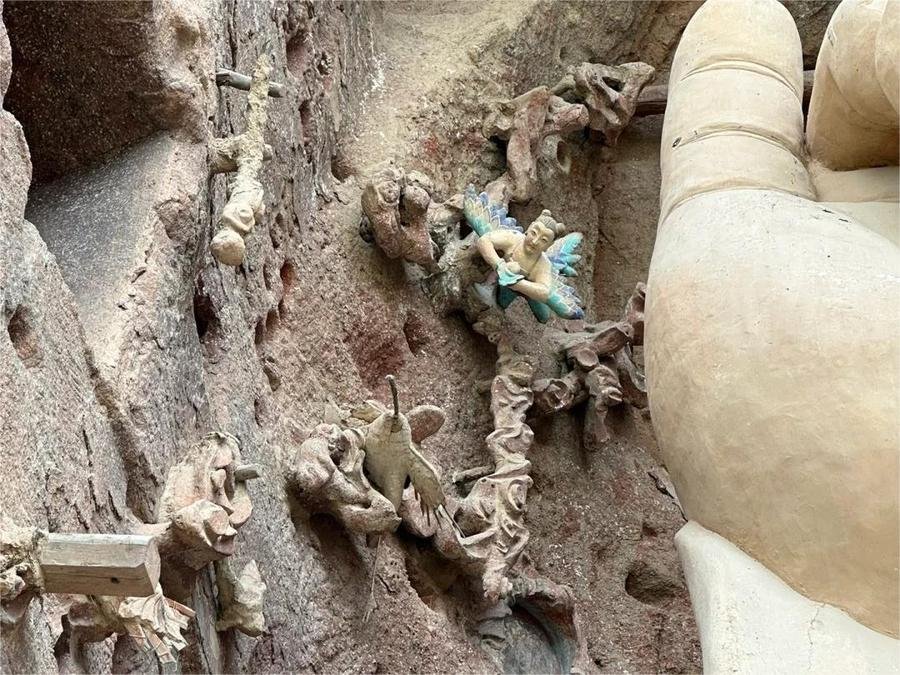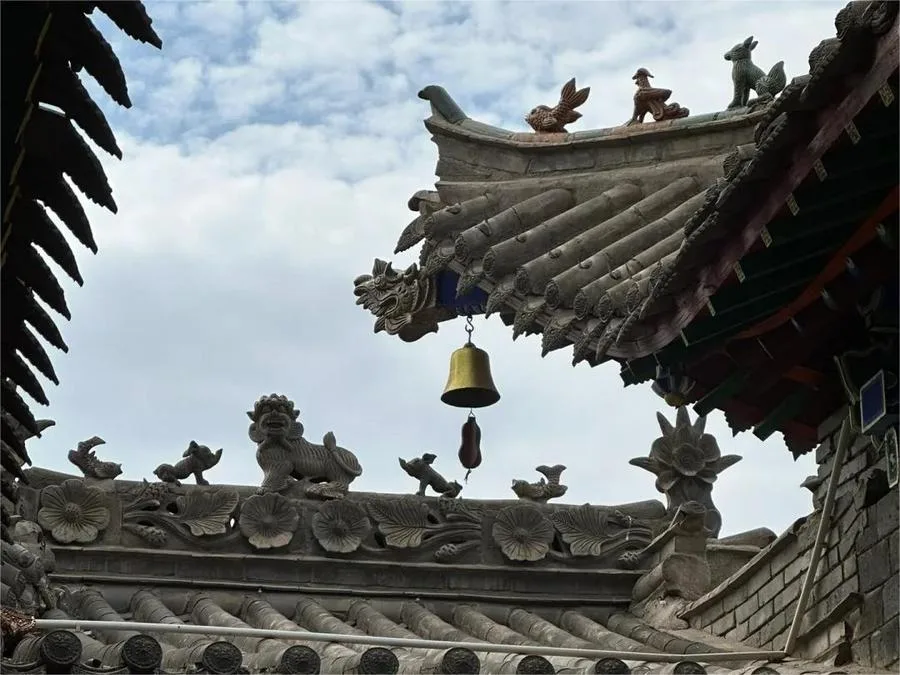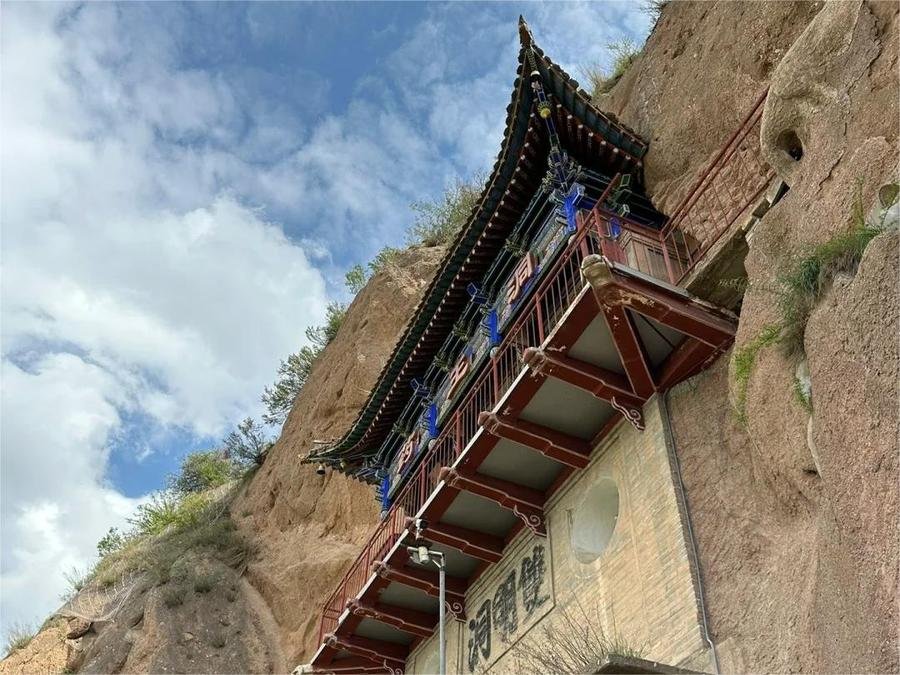The Daxiangshan Grottoes (大象山石窟), also known as the Big Elephant Mountain Grottoes, are a remarkable site where the art of stone carving and ancient architectural culture are beautifully integrated. Located in Gangu County, Tianshui City, Gansu Province, this site features an array of grottoes, pavilions, and temples. The architecture is characterized by its natural, staggered arrangement of caves and temples, with intricate designs, flying eaves, and ornate brackets that represent the pinnacle of traditional Chinese construction art. The sculptures, calligraphy, and murals within the grottoes exemplify the unique styles of ancient Chinese art.
Table of Contents
- Basic Information
- Location and Transportation
- Highlights of Daxiangshan Grottoes
- Other Attractions in Tianshui Suburbs
Basic Information
| Estimated Length of Tour | 1 – 2 hours |
| Ticket Price | 30 RMB |
| Opening Hours | 8.00 – 18.00 |
| Telephone Number | 0086-0938-3328811 0086-0938-5622481 |
Location and Transportation
Daxiangshan Grottoes, also known as the Big Elephant Mountain Grottoes, are located in Gangu County, Tianshui City, Gansu Province. The grottoes are situated approximately 2.5 kilometers from the county town. They are 100 kilometers east of the famous Maijishan Grottoes in Tianshui and 40 kilometers west of the Shuilian Grottoes in Wushan. To get there, you can choose one of the following ways:
By Bus: At the Nanhu Bus Station (南湖汽车站) in Qinzhou District, Tianshui City, take a bus heading to Gangu. Buses depart every half hour. Upon arrival at Gangu Bus Station, you can either walk west for about 15 minutes or take a taxi for approximately 5 yuan to reach the foot of Daxiangshan. Alternatively, a taxi ride directly from the bus station to the mountain costs around 40 yuan.
By Train: Take a train directly to Gangu Railway Station. From there, you can either take a taxi or walk to reach Daxiangshan Grottoes.
Highlights of Daxiangshan Grottoes
Historical Significance

The Daxiangshan Grottoes were initially carved during the Northern Wei Dynasty and have undergone development over four different dynasties, spanning more than 300 years. Among its most notable features is the Grand Buddha of Gangu, a 23.3-meter-tall statue of Shakyamuni Buddha from the Tang Dynasty. This colossal figure, with a waist circumference of 10.4 meters, exudes a serene and dignified presence, sitting cross-legged on a lotus throne. It is a masterpiece that seamlessly blends Western decorative sculpture with the expressive style of Chinese sculpture.
Architectural Marvels

The mountain is adorned with numerous pavilions and temples that blend harmoniously with the natural terrain. These structures, including the Land God Temple, Mo Zhai Hall, Fuxi Hall, Jieyin Buddha Hall, Wenchang Pavilion, Lu Ban Hall, Caishen Hall, Wuliang Hall, and Weituo Hall, are built along the mountain slopes, creating a layered and interconnected complex. The Lu Ban Hall, in particular, is renowned for its unique construction, said to have been built using leftover wood pieces. Its ingenious design and exquisite craftsmanship highlight the sophisticated architectural techniques of the time.
Layout of the Grottoes

The grottoes at Daxiangshan are primarily centered around the Big Elephant Cave and extend in both directions. On the west side, there are seven caves closely aligned with Feiyun Rock, while the east side features fourteen caves along Songhua Cliff. The caves are connected by long corridors that follow the mountain’s contours, creating an awe-inspiring sight. Most of the grottoes are nearly square in shape, with large arched niches carved into the main wall. These corridors and connecting grottoes form a magnificent and rare architectural ensemble, with twenty-two existing grottoes showcasing the unique layout of Daxiangshan, a rarity in China.





